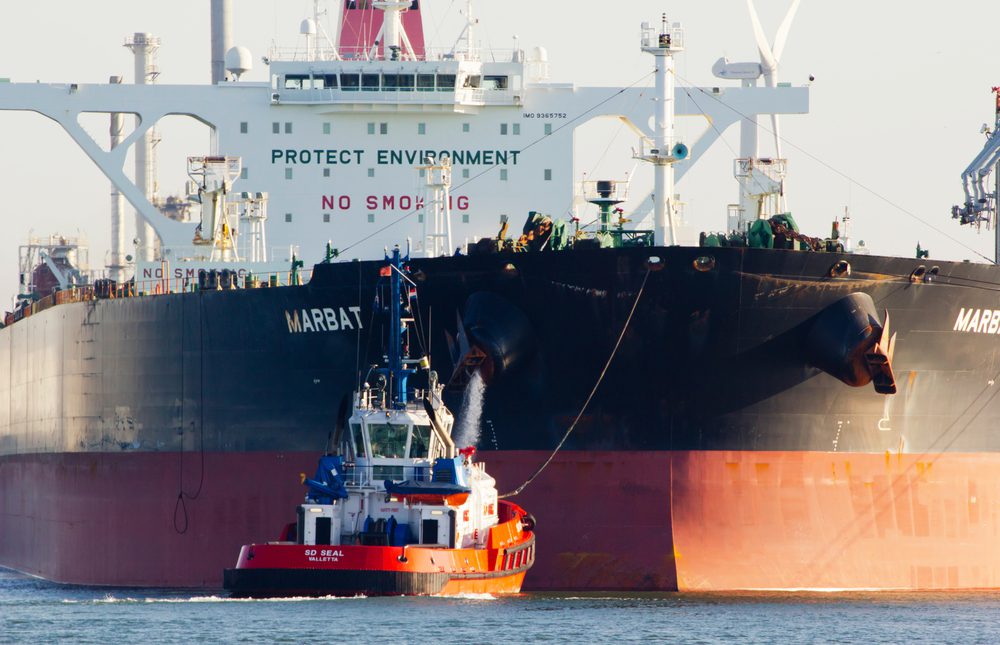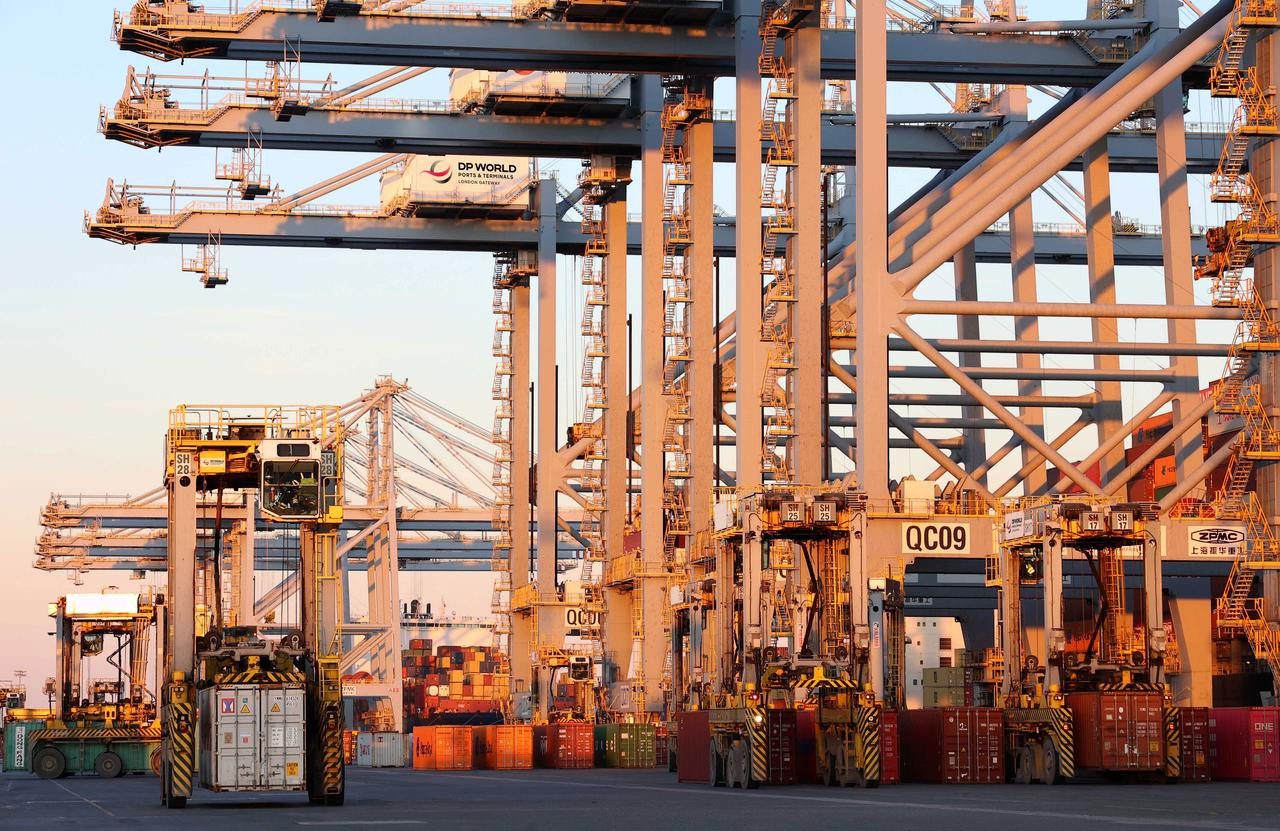 By Jane Xie
By Jane Xie
SINGAPORE, Jan 27 (Reuters) – The window to sell Western fuel oil to Asia is starting to close as demand for a limited fleet of supertankers to store cheap crude pushes freight rates to multi-month highs, shipping and trade sources said.
Crude prices have fallen nearly 60 percent since June and, with prices a year ahead already quoted about $10 a barrel dearer than now, crude traders have hired up to 20 supertankers to store oil with a view to turning a big profit later.
That also adds to the cost of selling fuel oil to Asia. The region has taken in high volumes of fuel oil from Europe and the Mediterranean this month, but with the cost of chartering a supertanker rising to highs not seen in at least a year, it is an increasingly less profitable trade.
That could suppress volumes from the West, which tend to make up about half of Asia’s supply, and support premiums on the heavy distillates.
To determine the profitability of selling fuel oil to Asia from Western ports, traders usually refer to the East/West spread, the difference between front-month prices for Singapore and Rotterdam fuel oil swaps.
“The East/West spread was $45 a tonne. It’s still wide now but very large crude carrier (VLCC) rates have gone up,” said a Singapore-based fuel oil trader.
“Lots of VLCCs are used as floaters now with the deep (crude oil) contango,” he added, using the market term for when future prices are more expensive than spot prices.
The East/West spread was at $43 a tonne on Monday, only a touch lower than December’s peak of $46.50 a tonne, roughly a one-year high.
However, the cost of hiring a VLCC, which can carry about 270,000 tonnes of fuel oil, has soared to $6.75 million for a Rotterdam-Singapore route and $7.8 million for a Caribbean-Singapore journey.
That compares with $5.5 million and $7.15 million respectively in late December before the jump in demand for floating storage.
A combination of relatively cheap freight rates and strong refining margins had contributed to a 20 percent rise in fuel oil supplies from the Mediterranean and Europe for February arrival compared with January.
But traders now expect volumes to be trimmed unless the East/West spread widens out to compensate for the jump in VLCC rates.
Diesel and gasoline are shipped in “clean tankers” so their prices will not necessarily feel any impact from the shortage of VLCCs and other “dirty tankers” used for crude and fuel oil.
Shipping sources said the robust VLCC rates could push up rates for smaller tankers in the “dirty” category.
“The overall market is stronger as supply is tighter. People are also expecting this to affect the Suezmax and Aframax markets as well,” said a Singapore-based shipping source at a broking firm.
Suezmaxes and Aframaxes can ship about 130,000 and 80,000 tonnes of fuel respectively. If there aren’t enough VLCCs, cargoes would be broken up into smaller lots and shipped on the smaller vessels, the shipping source said. (Editing by Alan Raybould)
(c) 2015 Thomson Reuters, All Rights Reserved

 Join The Club
Join The Club











